Western red cedar trees and shrubs are pyramidal in form. The trees may grow up to 200 feet tall and 20 feet in circumference, measured above the strongly buttressed base. The cinnamon-red or brownish outer bark is relatively thin, fissured, and scaly, shedding in irregular flakes; the inner bark is fibrous. Short, horizontal, or slightly drooping branches bear dense branchlet systems in flattened sprays that appear bright green on the upper side and dark waxy green beneath. The tiny, pointed, scale-like leaves may have faint whitish patches on the undersurfaces. The egg-shaped or slightly elongated cones, 8 to 12 mm (0.3 to 0.5 inch) long, bear five to six pairs of thin flexible scales. Description from Britannica
Home > Plant Guide >
Scientific Name
Family
Garden Type
Wildlife
Native Plant Region
Light needs
Water Needs
Plant Type
Bloom Color(s)
Height
Width
Months in Bloom
Safe Beneath Power Lines?
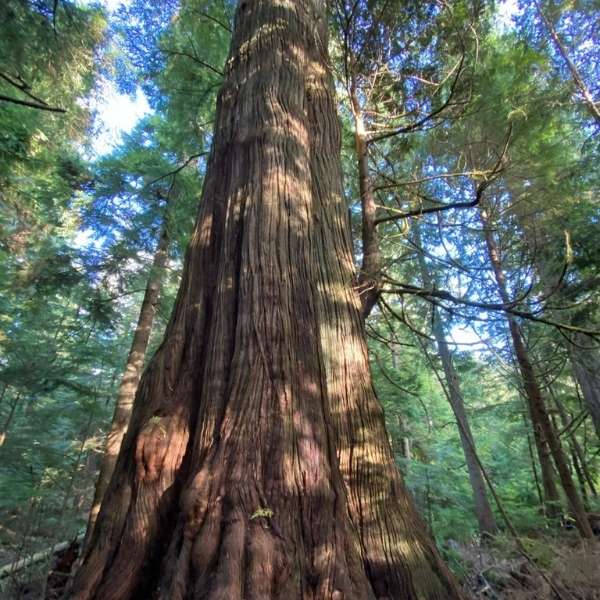
We’d like to maintain accurate and robust plant listings. If you see information that is not correct or that could be added to improve the listing, please let us know. Or if you’d like to suggest a plant to add to our plant guide, you can use this form do so. Thank you!
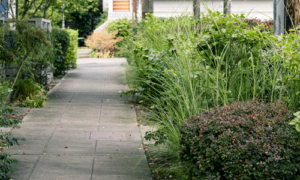
Do you want to plant a tree, create butterfly habitat, or start a vegetable garden but don’t have a yard? Learn how planting strips are a great place to start your own garden!
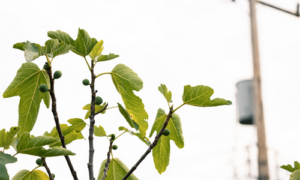
Learn about the diversity in pigeon populations in the United States and the implications of this variability on the species.
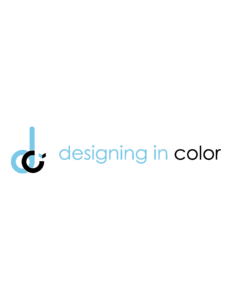
Learn about diversifying the way architecture is taught and practiced from designers of color.
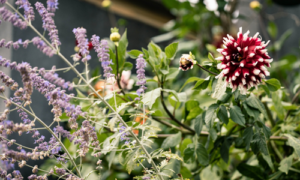
Learn about container gardening with shrubs, trees, herbs, veggies, perennials, and annuals. A special focus will be on plantings that provide pollinators with food and that encourage bird habitat.
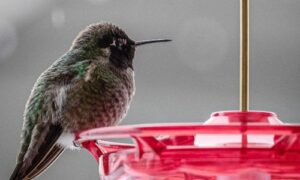
The urban environment presents dangers to wildlife that they are not always adapted to overcome. Reducing urban hazards is an essential part of enhancing habitat in cities. After all, we do not want to lure wildlife into our neighborhoods only to have them fatally collide with our windows.
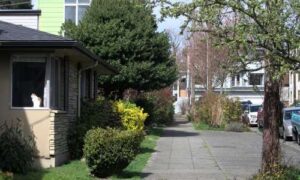
Do you wonder how a cat can be happy indoors? This presentation will give you a better understanding of cat behavior and the confidence that an indoor cat can be a happy cat.
Nature of Your Neighborhood is a collaboration between Birds Connect Seattle, the Capitol Hill EcoDistrict, and the Seattle Bird Conservation Partnership. Our goal is to foster relationships between the people and the nature of their neighborhoods.